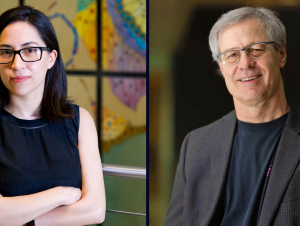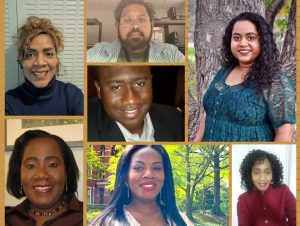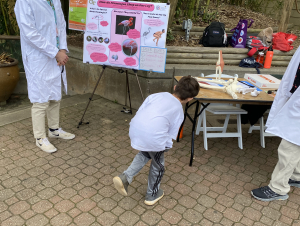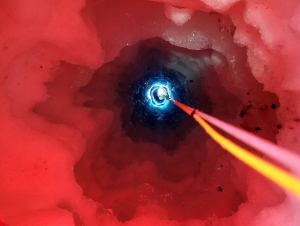To request a media interview, please reach out to experts using the faculty directories for each of our six schools, or contact Jess Hunt-Ralston, College of Sciences communications director. A list of faculty experts is also available to journalists upon request.
Latest News
A spring memorial is planned for Howard M. Weiss, emeritus professor and a former school chair at Georgia Tech and Purdue, who died in February. The event will include the announcement of a new student award in Weiss’ name.
Georgia Tech researchers apply an economics theory to study the building blocks of biological evolution
New Council members will build on a mission of advocating for the diverse community of staff within the College of Sciences and its six schools
Georgia Tech Students, Faculty, and Staff Bring STEAM to Atlanta During the Atlanta Science Festival
For STEAM enthusiasts across Atlanta, the month of March is a highlight of the year for one big reason: the Atlanta Science Festival. We spoke with some of the event organizers and presenters to get a sneak peek at what this year's festival will have to offer.
On Saturday, March 11, scientists and engineers shared their biomechanics work with snakes, elephants, monkeys, flamingos, and other wildlife as part of the "Animals in Motion: Biomechanics Day at Zoo Atlanta" during the 2023 Atlanta Science Festival.
The Icefin robot’s unprecedented look inside a crevasse, and observations revealing more than a century of geological processes beneath the ice shelf, are detailed in “Crevasse Refreezing and Signatures of Retreat Observed at Kamb Ice Stream Grounding Zone,” published March 2 in Nature Geoscience.








